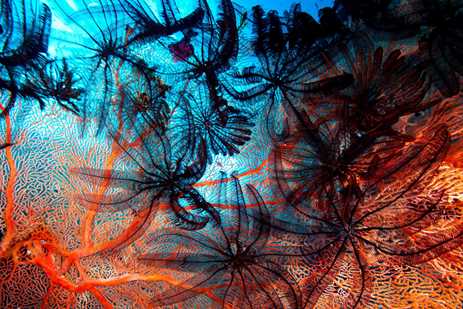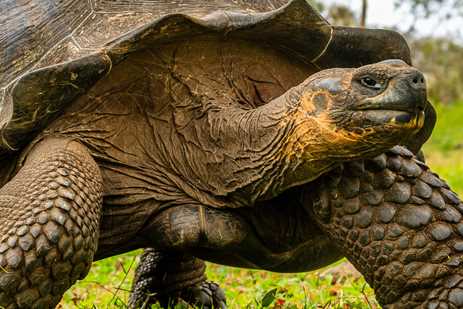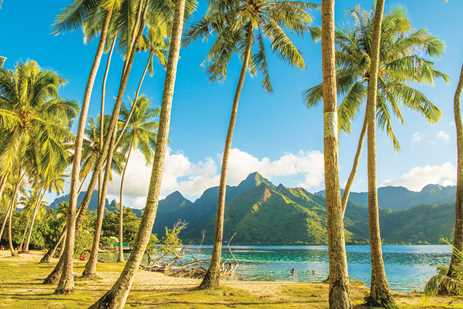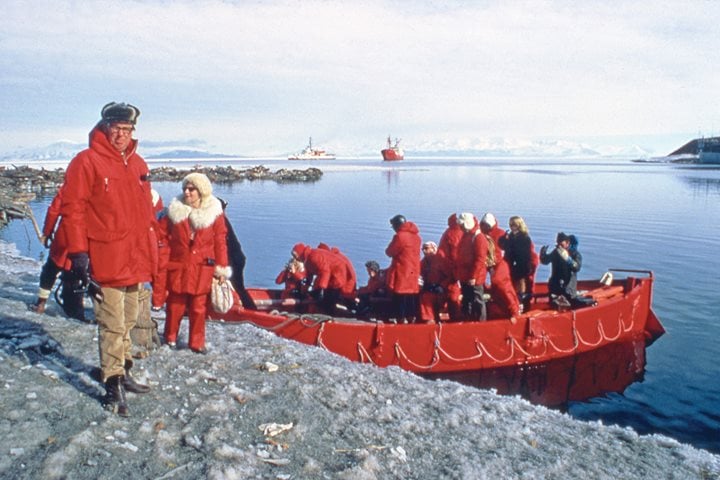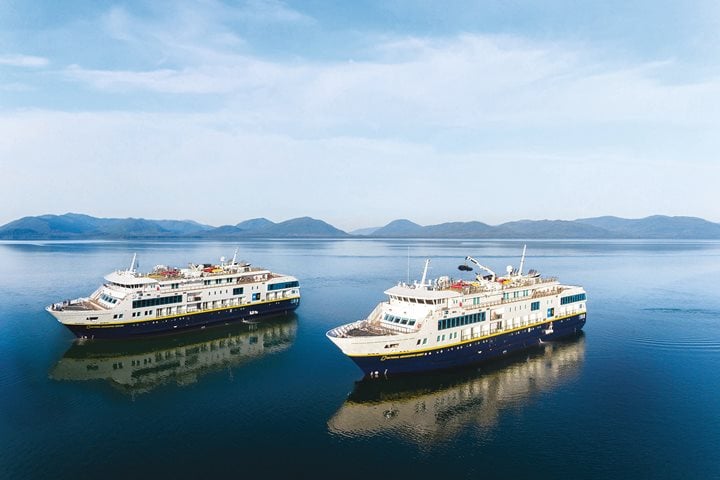Video Transcript
Ashley Knight, Dive Operations Manager for Lindblad Expeditions-National Geographic: On all our expeditions, it's so exciting to show people these places in nature that we visit and the different types of marine life we encounter, not just on the surface that everyone can see, but what's beneath the surface that they didn't even know was there.
Title: Explore with Lindblad Expeditions-National Geographic: Discover the Wonders of the Undersea
I am Ashley Knight. I'm the Dive Operations Manager with Lindblad Expeditions. I oversee dive safety, dive equipment, and scheduling of our undersea specialist team throughout the fleet.
What is Lindblad Expeditions' Undersea Program?
The undersea program is unique to Lindblad Expeditions-National Geographic. It enables guests to see beneath the surface and get a better understanding of the ocean.
There are several ways we explore the undersea world.
One of them is through scuba diving, where a team of divers will take a camera down to depths up to a hundred feet and film and bring it back up to the surface, edit it, and show it during our evening recap.
And when conditions allow, we will use our remotely operated vehicle, or ROV. This is a small, drone-type machine that we control from the surface. It has a long tether so we can dive down to a thousand feet and see what we can find living in the far depths of the oceans.
Another tool we use is the plankton net that we'll tow behind a Zodiac. This fine mesh net will collect marine life floating at the top of the ocean skimming the surface. When we bring our plankton sample back to the ship, we can put it under the video microscope.
This video microscope projects the images of the plankton up onto the many screens in the lounge so that everybody can see. This is a really important tool because it shows us the tiniest critters of the ocean where the marine food web begins, but allows everyone on board to really get a good picture of what's going on under the surface.
Maya Santangelo, Undersea Specialist for Lindblad Expeditions: This is the second octopus I have ever seen in Antarctica.
Ashley Knight: On some voyages, the guests can also join the undersea specialist by scuba diving alongside them, and this is a fully immersive way in experiencing the undersea world.
What Do Undersea Specialists See When Diving?
No matter where we are in the world—the poles, the equator, or anywhere in between—we have an undersea specialist team on board. So in all these places, we can see all this diversity of life. In the polar regions, the top is desolate and frozen and covered in ice. But when we go beneath the surface, we see all kinds of marine life from octopus to invertebrates, fishes, and these creatures are thriving in this environment because it's so nutrient-rich. In warmer waters, we'd see different ecosystems like coral reefs and the diversity of life that exists there and everything in between.
One of my most favorite things to show guests is the undersea of Southeast Alaska. Alaska in itself is beautiful. It has green trees and blue skies. But when I show footage of the undersea, everyone is always blown away at pinks and the greens and the blues and all the different bright colors that you can see underwater.
When I started as an undersea specialist, I really wanted to educate people about how important the oceans were to our global ecosystem. I decided that one of the best ways to teach people about what's happening in the undersea is by going down there and taking some footage and sharing that with them. And once you know what's down there, you are a bit more apt to protect it.


